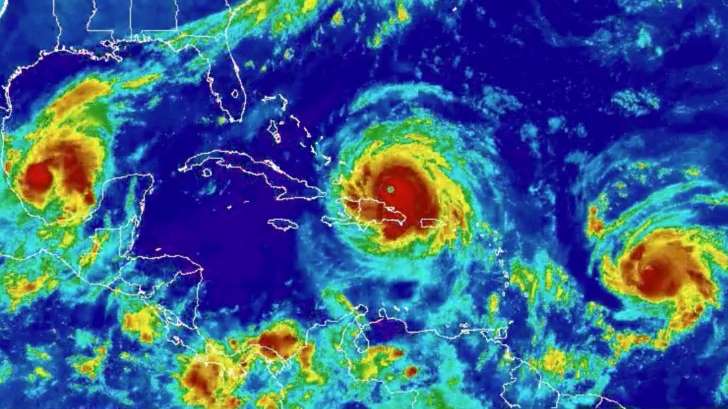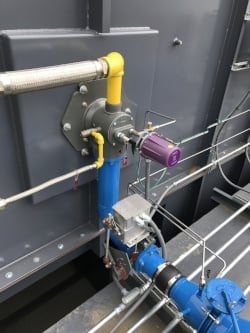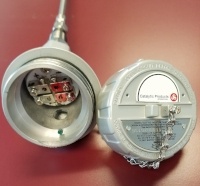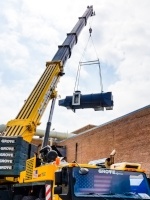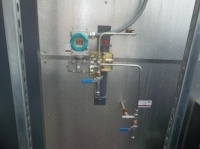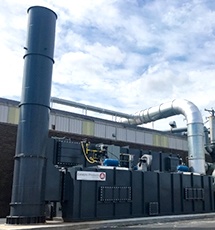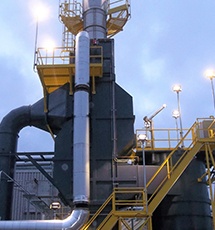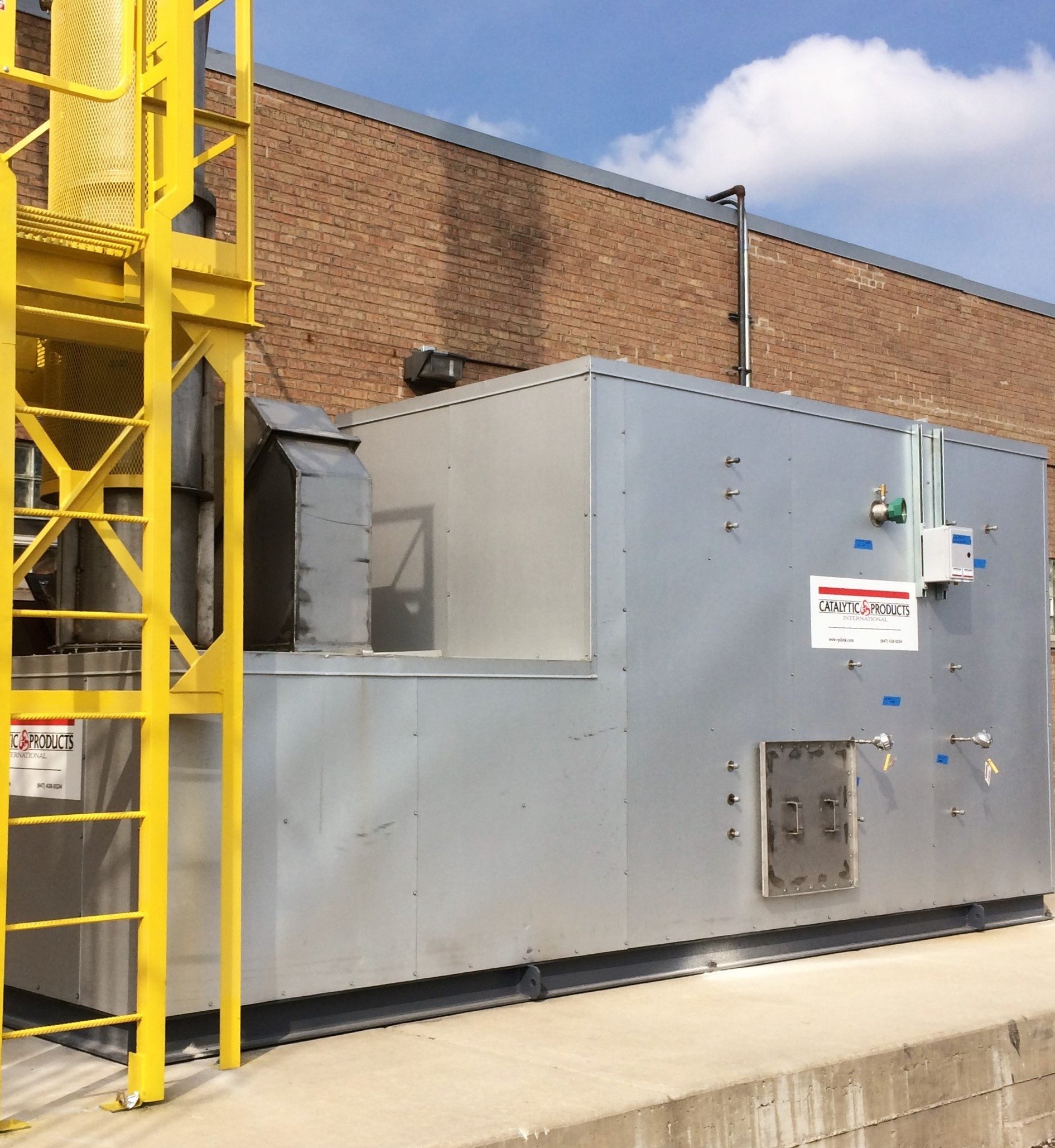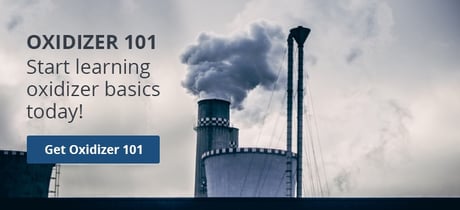Recent natural weather events are causing damage across the globe. The 2017 huricane season (June 1st through November 30th) has the potenital to be extremely active with five tropical storms and six huricanes. Wildfires are racing though the Western United States and Canada.
Read More
Topics:
Air Pollution Control,
Maintenance and Repairs,
Thermal Oxidizer,
Community,
Blog
Keeping your air pollution control equipment properly maintained is essential for meeting regulatory requirements and efficient operation. Here on the CPI blog, we regularly share tips on maintaining your systems, which requires replacing components on a yearly basis. Today, we're taking a closer look at the importance of replacing Ultraviolet Flame Detectors (UV Scanners).
Read More
Topics:
Maintenance and Repairs,
Regenerative Thermal Oxidizer,
Thermal Oxidizer,
Catalytic Oxidizer,
Blog
Keeping air pollution control equipment properly maintained is essential for meeting regulatory requirements and efficient operation. Here on the CPI blog, we regularly share tips on maintaining your systems, which requires replacing components on a yearly basis. Today we're taking a closer look at the importance of replacing thermocouples (T/C).
Read More
Topics:
Maintenance and Repairs,
Regenerative Thermal Oxidizer,
Thermal Oxidizer,
Catalytic Oxidizer,
Blog
Along with providing equipment to solve customer’s complex VOC, NOx, and Odor pollution challenges, we also provide installation services. I was on site for the recent “lift” of a new QUADRANT SR-35,000 Thermal Oxidizer (TO).
Read More
Topics:
Air Pollution Control,
Regenerative Thermal Oxidizer,
Thermal Oxidizer,
Catalytic Oxidizer,
Blog,
Installation
There was some wicked weather overnight where I live. With over six inches of rain, many of the streets around my house were flooded.
Read More
Topics:
Air Pollution Control,
Maintenance and Repairs,
Regenerative Thermal Oxidizer,
Thermal Oxidizer,
Catalytic Oxidizer,
Blog
Keeping your air pollution control equipment properly maintained is essential for meeting regulatory requirements and efficient operation. Here on the CPI blog, we regularly share tips on maintaining your systems, and today we're taking a closer look at the importance of monthly maintenance.
Read More
Topics:
Air Pollution Control,
Maintenance and Repairs,
Regenerative Thermal Oxidizer,
Thermal Oxidizer,
Catalytic Oxidizer,
Blog
Volatile Organic Compounds (VOCs) are pre-cursors to Ozone pollution and subject to EPA regulations. Thermal and catalytic oxidizers are routinely used to destroy VOC emissions from a variety of industrial sources.
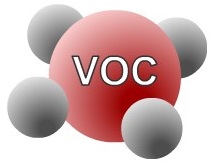
Read More
Topics:
Air Pollution Control,
VOC Emissions,
Thermal Oxidizer,
Catalytic Oxidizer,
Blog
In our recent blog, "What's the Best Air Pollution Control Technology for My Process?", we examined the many factors that can impact a facility's choice of air pollution control equipment. When they are considering their air pollution control needs, it is important for the plant's engineering staff to discuss the application data with potential suppliers. This data will provide crucial details about the process operation, including as uptime, maximum VOC loading, and maximum air flow. With this data, the supplier will be able to predict energy usage, permitted emission rates, and other process operation data that may be critical to equipment design, and with this knowledge, they will be able to recommend options that meet the requirements for Best Available Control Technology (BACT) or Maximum Available Control Technology (MACT), ensuring that the facility's engineering staff will be able to meet or exceed their environmental goals or outcomes.
Read More
Topics:
Air Pollution Control,
Regenerative Thermal Oxidizer,
Thermal Oxidizer,
Catalytic Oxidizer,
Blog
In our recent blog, "What's the Best Air Pollution Control Technology for My Process?", we took a look at the many factors that inform the choice of air pollution control equipment. When considering air pollution control needs for a facility, it is important for the plant's engineering staff to discuss the application data with potential suppliers. This data includes details about the process operation such as uptime, maximum VOC loading, maximum air flow, energy usage concerns, permitted emission rates, and other process operation data that may be critical to equipment design. Reviewing this data will help determine the available options that will be able to meet or exceed the facility's environmental goals or outcomes. With this data, the air pollution control equipment supplier will then be able to determine the appropriate Best Available Control Technology (BACT) or Maximum Available Control Technology (MACT).
Read More
Topics:
Air Pollution Control,
Regenerative Thermal Oxidizer,
Thermal Oxidizer,
Blog
In our previous blog, "What's the Best Air Pollution Control Technology for My Process?", we reviewed the many factors that impact the choice of air pollution control equipment. In situations where a facility is considering their air pollution control needs, it is important for the plant's engineering staff to discuss the application data with potential suppliers. Application data are the details about the process operation such as uptime, maximum VOC loading, maximum air flow, energy usage concerns, permitted emission rates, and other process operation data that may be critical to equipment design. This will help determine the available options that will allow them to meet or exceed their environmental goals or outcomes. The air pollution control equipment supplier will then be able to direct the customer to the appropriate Best Available Control Technology (BACT) or Maximum Available Control Technology (MACT).
Read More
Topics:
Air Pollution Control,
Thermal Oxidizer,
Blog

